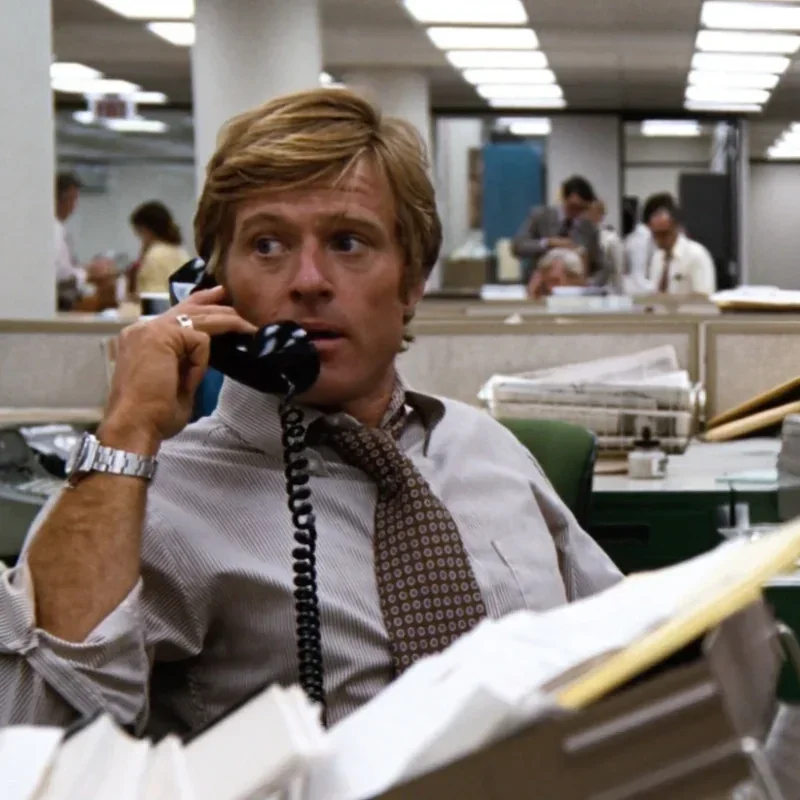Oral Histories & Oracle Bones
I’m fascinated by the tradition of oral histories. The passing down of sayings and stories across generations, cultures, languages, and written artifacts, especially when those stories articulate universal truths which hold just as true today as they did in ancient times. In particular where the oral traditions across Greek tragedy, Homeric tales and ancient mythology are often just as fresh and insightful today as they were thousands of years ago. Holcombe’s description of East Asian Chuanshuo mirrors these western euro-centric traditions in the sense of also being mythical and possibly untrue, but firmly rooted in the exclusive access of those performing specific rituals and divination, and in being able to commune with forces more powerful than ourselves.
One of the common threads across Homer, Chunashuo and recorded mythology is how they move language from oral to written history, how they transition from performed oratory to distributed transcription. The 1899 discovery by two Chinese scholars of archaic writing on old turtle shells being marketed as ‘dragon bones’ helps us connect the oral histories passed between generations to the rituals of divination performed by Shang Dynasty rulers, and to begin to make sense of this transition. How Chinese oracular rituals of foresight and prediction not unlike those performed at Delphi, drove such linguistic innovation, but were similarly reserved for those with means, especially the ruling aristocracy.
Whereas the Pythia at Delphi inhaled the fumes of ecological fissures to perform their divine rituals, Shang Kings sponsored oracle bone divination, which performed a similar outcome of asking the divine and receive guidance. Of getting answers to the unknown from the beyond. In Shang bone divination, Holcombe describes how ‘heat would be applied to the chest pieces of tortoise shells and other animal bones, causing them to crack, and the shape of the crack was interpreted as an answer from the spirits.’ But from these elemental cracks came early Chinese instances of mark making and writing, where the inscriptions produced by the ritual of heat and pressure became logographic and pictorial marks which could travel and impart insight beyond the oracle themselves, and where subsequently the answers from the divine came to be inscribed directly upon the bones.
So as written language concurrently evolved across such diverse and independent cultures as Egyptian, Mayan, Greek and East Asian civilizations, very often at the root of these written transcriptions are mediations with forces beyond ourselves, forces providing a guiding hand for what to do next, and perhaps more ominously, to whom. These elemental marks became early letterforms, which over time became alphabets, scripts and sophisticated means of communication.
But what unites these independent practices is divination through ritual, shared appetite for communing with the ancestors of the past and the truth of the future, and a desire to turn the mark into meaning. And just like today, to make sense of the world around us. So the question here is what was it that propelled these independent processes across the globe to develop such semi-simultaneous modes of written language? What was it about these similar modes of ritual which caused the expansion of scripts, phonetic mark making and broader communication when we assume these civilizations were too far apart? Is that a fair assumption or, as Holcombe suggests, was there a strong enough ‘common grammar of diplomatic conversations from China to Byzantium’ to have these practices inform each other?
For those interested in learning a bit more about oracle bones, and to see some examples, I found this great resource form the National Museum of Scotland, which has a collection of these: https://www.nms.ac.uk/explore-our-collections/stories/world-cultures/oracle-bones




































